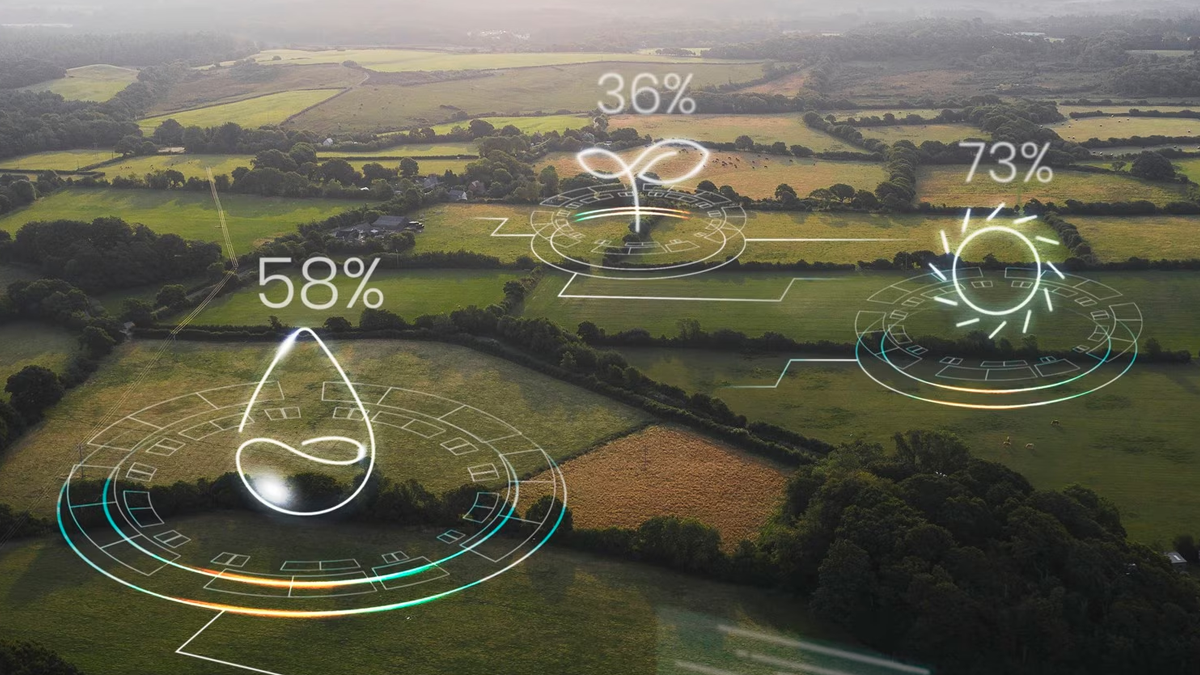
Climate change is one of the most pressing challenges facing businesses across the globe today. Climate change also poses a significant risk to the well-being and sustenance of individuals and communities alike. The cruel irony of climate change is that the countries least responsible for it will be worst affected. Researchers have linked the severity and frequency of natural disasters such as droughts, floods, locust invasions and the COVID-19 pandemic to climate change. They estimate the cost of mitigation and adaptation and compensation for loss and damage to be about $580 billion in 2030 and could be as high as $1.8 trillion by 2050. In Kenya, the economic impact of weather-related extremes and the costs of these to its growth and development is already significant.
Undoubtedly, these risks and challenges cannot be reduced to zero, which means governments must take decisive action to help businesses and people manage them. As such, it has become increasingly important for organizations to develop strategies that enhance their resilience and enable them to continue operating in the face of these challenges. Now more than ever, businesses need to be able to cope with these emergencies. For any industry, the ability to survive a disaster depends on maintaining uninterrupted business operations during the crisis, by having emergency plans that can adjust to different types of threats. Flexibility is a key component in resilience and recovery. This article explores some of the key strategies that businesses can use to build resilience and ensure continuity in a rapidly changing climate. By adopting these strategies, businesses can not only protect themselves from the risks of climate change, but also take advantage of new opportunities that arise from a more sustainable and resilient approach to operations.
Risk Assessment and Scenario Planning
To plan for the worst-case scenario, a business needs to understand its own capacities and limitations. Conducting a risk assessment is an important first step in developing a comprehensive climate change adaptation strategy for your business. It is necessary for identifying potential vulnerabilities and areas of exposure. This includes understanding the risks associated with extreme weather events, supply chain disruptions, and changes in regulatory frameworks. By conducting a risk assessment, businesses can gain a better understanding of the potential impacts of climate change, prioritize response efforts, and take proactive steps to manage these risks, consequently improving their resilience and protecting the business in the long term. Once these risks have been identified, scenario planning can help businesses to develop strategies to mitigate or manage these risks. This involves developing multiple scenarios that outline potential impacts of climate change on the business and exploring how the organization can adapt to each scenario.
Developing a Climate Change Adaptation Plan
Use the results of your risk assessment to develop a climate change adaptation plan. Developing a climate change adaptation plan is a proactive approach that helps organizations to better anticipate and respond to climate-related risks and opportunities. It can also help reduce the costs associated with climate change impact and enhance their reputation as well as stakeholder trust. This plan should outline the specific steps you will take to mitigate the risks of climate change and ensure business continuity. This includes strategies like; implementing energy-efficient practices, diversifying your supply chain to reduce vulnerability, investing in flood protection measures, or improving water management practices to cope with increased droughts or floods. Other actions may include incorporating climate risk considerations into business decision-making processes and collaborating with stakeholders to develop resilient and adaptive solutions.
Embracing Technology and Innovation
Technology and innovation can play a critical role in building resilience in a changing climate. Advanced data analytics can be used to monitor weather patterns and predict the likelihood of extreme weather events, such as hurricanes, floods, and droughts. By anticipating these events, businesses can take proactive measures to protect their assets and ensure continuity of operations. On the other hand, digital platforms can be used to facilitate communication and coordination between stakeholders, such as government agencies, NGOs, and private sector companies. Additionally, the use of renewable energy sources and energy-efficient technologies can help reduce the carbon footprint of a business while also reducing costs in the long term.
Collaboration and Partnerships
Building resilience in a changing climate requires a collaborative approach that involves partnerships with other businesses, governments, and civil society organizations. By working together, businesses can share knowledge, resources, and expertise to develop strategies that are more effective and sustainable. This can include; collaborating on renewable energy projects, sharing information on climate risks, and developing joint initiatives to address environmental challenges.
Long-term Planning
Building resilience is a long-term process that requires commitment to sustainability and a willingness to adapt to changing circumstances. Businesses must take a long-term view when developing their resilience strategies, recognizing that the impacts of climate change may not be immediately visible but will accumulate over time. This may involve rethinking business models, diversifying supply chains, and investing in new technologies that enable a more sustainable and resilient approach to operations.
Fostering a Culture of Resilience
Building resilience to climate change requires a cultural shift within your organization that emphasizes preparedness, adaptability, and innovation to mitigate those risks. Businesses can foster a culture of resilience by providing training and resources to employees, promoting awareness of climate-related risks, and encouraging innovation and creativity in developing solutions to climate-related challenges.
In conclusion, building resilience in a changing climate is a complex and multifaceted process that requires a strategic approach. By building resilience, businesses can not only protect themselves from the risks of climate change but also take advantage of new opportunities that arise from a more sustainable and resilient approach to operations.
By Michelle Nthemba
Would you like to share an article? Write to us at sbscommunication@strathmore.edu
Share This Story, Choose Your Platform!
Your journey to business excellence starts here. Subscribe today and be at the forefront of innovation and leadership.









